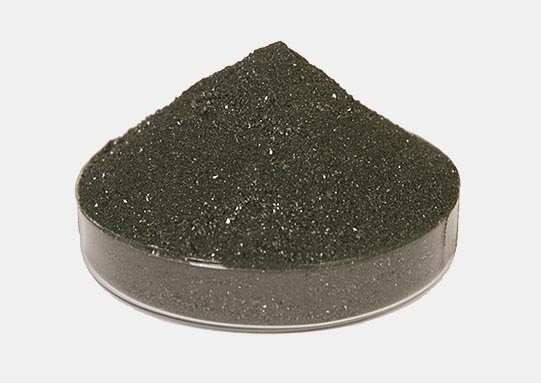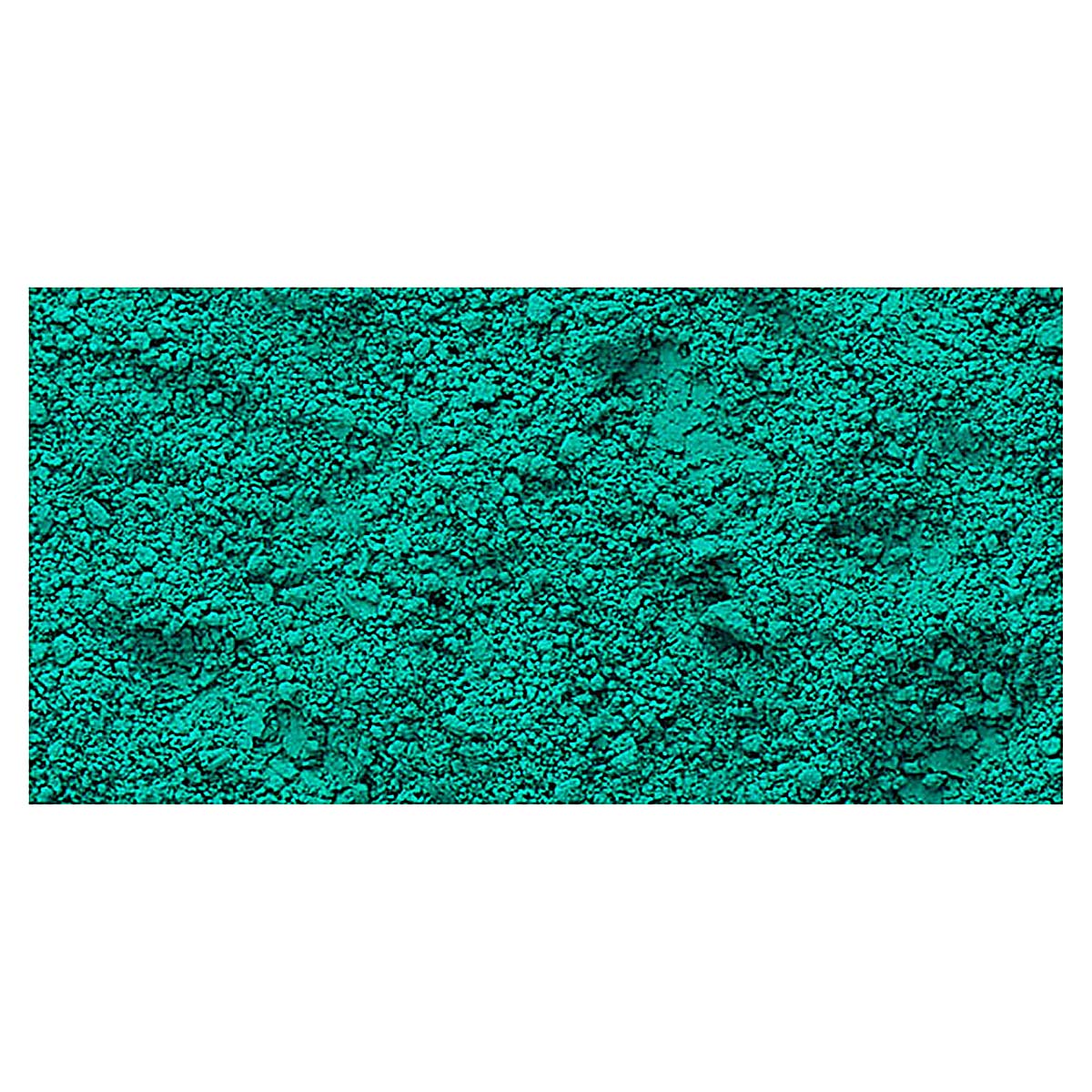

Due to the substantial usage of hazardous chemicals, both as solvents and starting materials, along with considerable heat and pH fluctuations, the Cr 2O 3 NPs prepared by conventional chemical or physical procedures exhibits a number of disadvantages ( Bahrulolum et al., 2021 Zainab et al., 2021). ( Rayani Nivethitha and Carolin Jeniba Rachel, 2020 Ghotekar et al., 2021 Khan et al., 2021), drug delivery ( Azizi, 2020) etc. Medically Cr 2O 3 NPs were significantly utilized as potent anti-oxidants, anti-bacterial, anti-cancer, anti-viral and anti-diabetic etc. Biocompatibility of Cr 2O 3 nanoparticles is an essential parameter for their use in many biological systems ( Khan et al., 2021). Cr 2O 3 NPs could be used in materials for catalysis ( Mori et al., 2017), photocatalysis ( Zelekew et al., 2021), super capacitors ( Shafi et al., 2021), lithium ion batteries ( Cao and Zuo, 2017), sensing ( Gao et al., 2019), and other biological activities due to their unique properties ( Talat et al., 2021). For example, metal oxide NPs are utilized extensively in various products for different purposes ( Khan et al., 2015), like photocatalysis ( Mahmood et al., 2021) adsorption ( Riaz et al., 2022), and enzyme inhibition ( Ashraf et al., 2021) etc.ĭue to their excellent stability, hardness, high resistivity, high melting temperature, and wide bandgap of 3.4 eV, chromium oxide nanoparticles (Cr 2O 3) have grained particular among metal oxide NPs ( Iqbal et al., 2020 Isacfranklin et al., 2020). NPs are the building blocks of nanotechnology and nanomedicine, they have been employed in a variety of applications, including diagnosis, detection, drug delivery, and treatment of various diseases, and treatment of different types of cancer ( Khan et al., 2017a). Nanoparticles (NPs) remarkable physicochemical features, including minute sizes, large surface-to-volume ratios, and size-dependent optical properties, have received considerable attention in potential increased biological applications ( Sengul and Asmatulu, 2020 Yaqoob et al., 2020). The development of nanomaterials is one of the most promising advances for the treatment of a wide range of illnesses, such as fungal and bacterial infections, as well as various types of cancer ( Khan et al., 2016b Khan et al., 2017b). Nanotechnology is a fast expanding field that utilizing nanomaterials for diagnosis and treatment purposes ( Sargazi et al., 2022).

Nanotechnology is an emerging field in biomedical sciences as the number of its applications in health care sciences increases ( Khan et al., 2016a). The results suggested that the green synthesized Cr 2O 3 NPs could be used in the future to stop enzyme from working and for other biological activities. The green synthesized Cr 2O 3 NPs showed promise as in-vitro cholinesterase inhibitor at tested concentrations (62.5–1,000 μg/ml), with IC 50 values of 120 and 100 μg/ml against Acetylcholinesterase (AChE) and Butyrylcholinesterase (BChE), respectively. In addition, XRD studies suggested their crystalline nature by the characteristic peaks at 34° and 36° and 42° (2Ɵ), respectively. The EDX spectrum of Cr 2O 3 nanoparticles revealed the presence of carbon, oxygen, and chromium, while SEM analysis revealed an irregular round morphology (with a size below 400 nm). The appearance of the Sharpe peak at 460 nm in the UV/Vis spectrum and the colour change caused by surface plasma resonance confirmed the formation of Cr 2O 3 NPs. The synthesis of Cr 2O 3 NPs was validated by UV/VIS spectroscopy, Energy Dispersive X-Ray (EDX), Scanning Electron Microscopy (SEM), and X-ray diffraction (XRD) studies. The current study describes the environmental friendly synthesis of chromium oxide nanoparticles (Cr 2O 3 NPs) using Erythrophleum guineense plant extract. The conventional chemical methods of nanoparticles synthesis have been effectively replaced by nanoparticle synthesis mediated by plants. 5Department of Clinical Laboratory Sciences, College of Applied Medical Sciences, Taif University, Taif, Saudi Arabia.4Department of Chemistry, Bacha Khan University, Charsadda, Khyber Pakhtunkhwa, Pakistan.3Department of Pharmacy, Shaheed Benazir Bhutto University Sheringal, Dir (Upper), Khyber Pakhtunkhwa, Pakistan.2College of Chemistry and Materials Science, Hebei Normal University, Shijiazhuang, China.



 0 kommentar(er)
0 kommentar(er)
